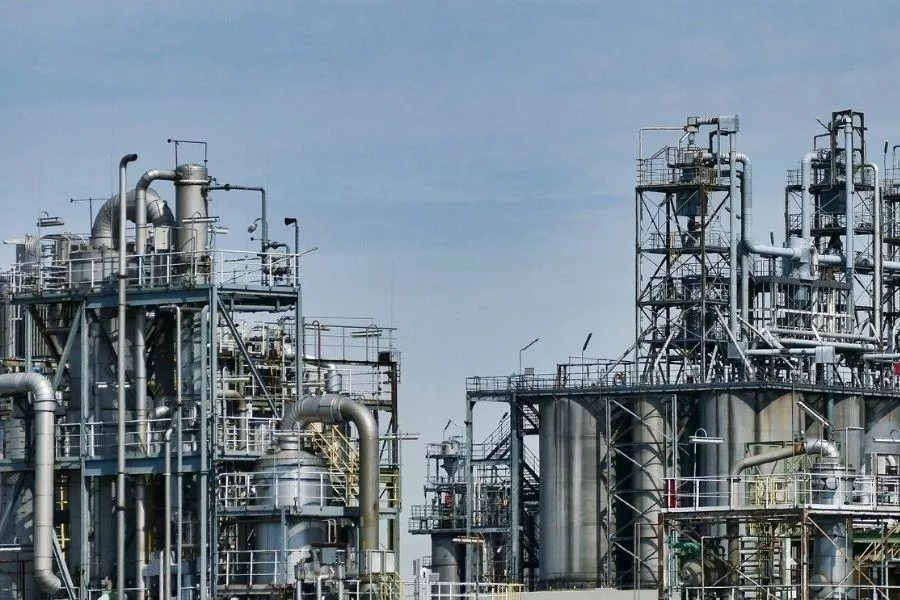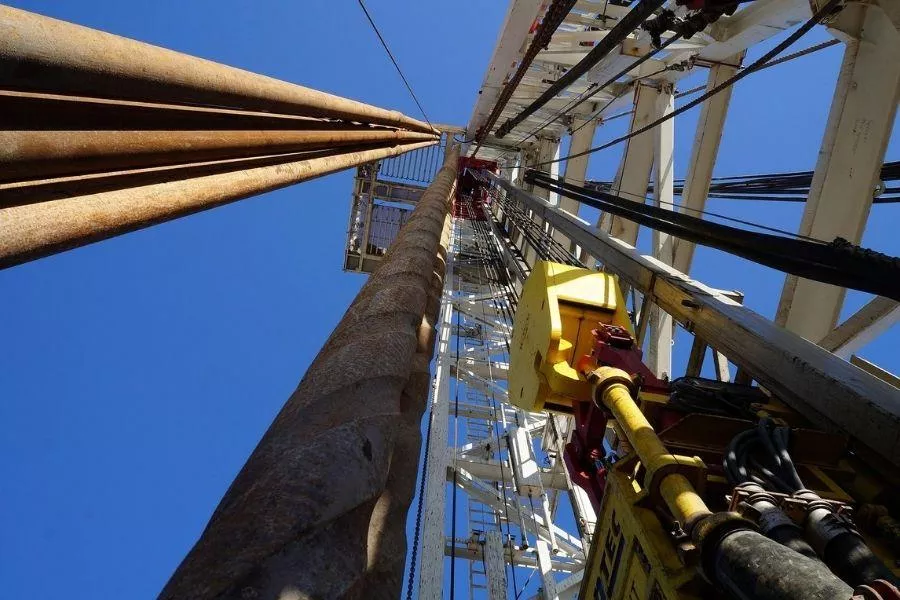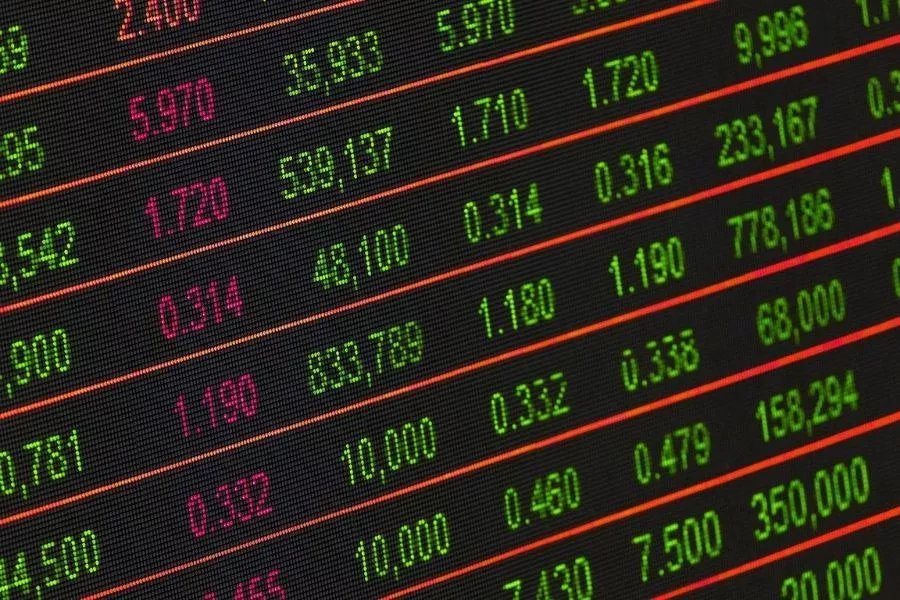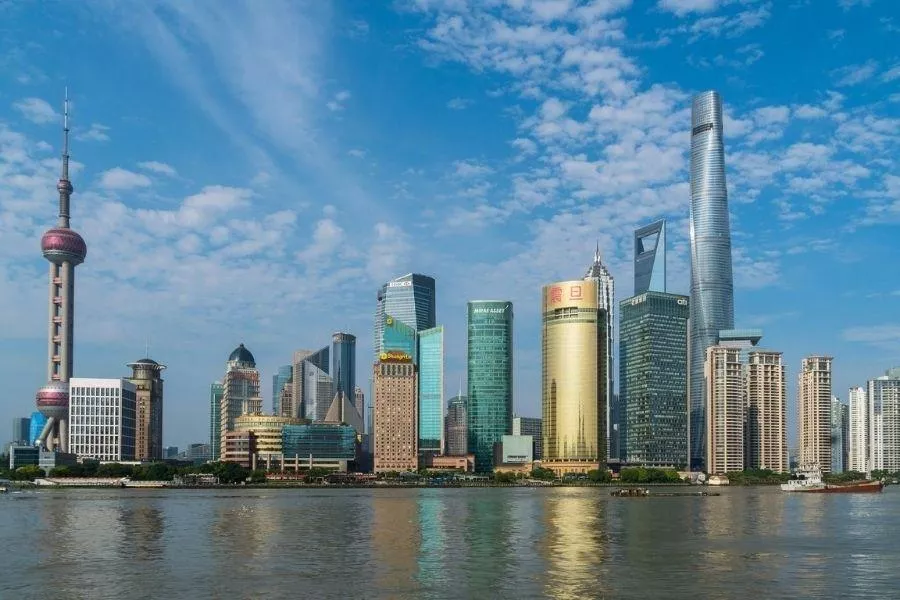For motorists these days, the only thing scarier than looking at the car’s fuel gauge is keeping an eye on prices at the pumps. It’s practically a constant cycle of wondering how much fuel there is left in the tank and dreading how much you’ll need to pay when the time comes to top up.

More instances of traffic mean less opportunities to save on fuel
We could wish that fuel prices were easily affixed in place, like nailing a picture frame to the wall. However, the reality is that the cost of fuel at the forecourt is a constantly moving target, often increasingly out of reach for many. It’s easy to believe that oil companies decide fuel prices on a dartboard (although it might not be farfetched), but the reality is a bit more complicated.
Why won’t fuel prices stay still? It all starts with the fact that the Philippines is a net importer of crude oil, the price of which is determined by forces we hardly have any control over, if at all. Generally, 43 percent of the price for a typical gasoline blend comes from the cost of the oil itself, with the remaining 57 percent divided among distribution, marketing, refining, and taxes.
OPEC dictates prices
The main cause of oil price fluctuations is the source. In this case, the Organization of Petroleum Exporting Countries (OPEC), a 13-nation consortium with the means to produce and sell crude oil to other countries willing to pay for it. As of 2018, OPEC member countries accounted for 81.5 percent of verified oil reserves around the world, as well as 44 percent of global oil production.

Oil-producing nations are able to exert their influence where pricing is concerned
These numbers translate to plenty of clout, as OPEC almost single-handedly decides how prices will move. In 2013 for instance, the group committed to keep oil prices above $100 (Php 5,231.75) a barrel for the foreseeable future. But midway through 2014, the U.S. dollar surged in value, causing commodity prices to decline. With OPEC refusing to reduce output, benchmark crude oil prices fell by 50 percent as a result.
Location, location, location
Production costs and storage can also influence the price of oil (and subsequently, fuel). Where the oil comes from matters; it’s easier and cheaper to extract in the Middle East than from, say, shale deposits in China. When this cheaper oil is exhausted, the world will be forced to rely on more difficult sources, naturally driving prices upward.

The more difficult the method in obtaining crude oil, the more expensive it gets
As one of the world’s largest oil producers outside of OPEC, the U.S. also exports oil, reaching about 8.63 million barrels per day in 2021. Any drop in America’s oil production would consequently have an upward effect on the price of crude everywhere else.
The market determines the value
A third factor is supply and demand. Oil, like any other commodity, goes through pricing changes depending on how much (or how little) of it is needed at a certain point. The first three months of the year in the Philippines corresponds to the winter season in temperate countries, which means a higher demand for fuel used in heating, translating to increased prices on our end.

Global COVID-19 lockdowns and restrictions reduced the demand for oil
During the first few weeks of the COVID-19 pandemic, the world’s economic activity ground to a halt as lockdowns suspended businesses and forced people to stay home. For the first time in 25 years, there was actually more crude oil than anyone knew what to do with.
Prices in the U.S. hit -$40 (-Php 2,092) per barrel, as the country primarily uses West Texas Intermediate for its oil price benchmark that fell in value by more than 100 percent due to America’s fixed land-based storage facilities. In contrast, crude oil prices in Asia (including the Philippines) are based on Brent crude, stored in sea-borne tankers that are much easier to deploy when necessary, resulting in a fall of just 65 percent.
Gambling on what's to come
Another element that has a hand in dictating oil prices is futures trading, involving a legal agreement to buy or sell a particular commodity for a fixed price at a specified time in the future. Both buyer and seller are under obligation to complete the transaction when the contract expires, regardless of market prices by the due date.

Futures contracts affect oil prices as traders speculate on the commodity's future value
In a futures contract involving oil, the market price at the future date could vary from the current pricing. For instance, if the current price is $75 per barrel and an oil producer believes it will still be good after a year, they can lock-in the price under the contract, requiring them to sell the oil at that price when the time comes.
Global developments
The last major reason placing oil prices on a roller-coaster ride are events, both natural and man-made. For example, Hurricane Katrina disrupted oil operations in the southern U.S. in 2005, increasing the price of oil by $13 per barrel. The flooding of the Mississippi River in May 2011 led to at least $2 billion (Php 104.8 billion) in damages, raising fears that oil refineries would be damaged and sending gas prices up by the second week of the month.

Political instability and war can cause oil prices to spike, especially if an oil-exporting region is involved
For man-made disturbances, political instability is almost always the culprit. The most well-known by far is Russia’s continuing invasion of Ukraine, raising the specter of an oil embargo against the former. Easier said than done though, as Russia accounts for seven percent of the world’s total supply of crude oil, which no country can currently match. The prospect of losing that much oil alone is enough to push fuel prices upward.

China's largest urban center, Shanghai, is set to end its six-week lockdown by June 1
A fresh surge of COVID-19 cases in China recently caused a temporary downward trend in fuel prices here. But as the Asian giant is now poised to restart economic activity after six weeks of lockdowns, the anticipated demand is likely to affect current supplies once more, potentially adding more to the price for every liter of fuel.
So what happens now?
A small (if belated) step to breaking our bonds with fluctuating fuel prices is the recent lapsing of the Electric Vehicle Industry Development Act (EVIDA) into law. But unless more concrete action is taken, we will continue to be at the mercy of these factors despite our efforts to make the most out of every drop of gasoline or diesel we get at the pumps.
Read more mobility-related insights at Philkotse.com.
Recent posts
- philippine ev bill now law Apr 27, 2022
- major oil price hike april 26 Apr 22, 2022
- gasoline price 100 per liter possible Mar 10, 2022
- fuel price increase last three months Feb 15, 2022
- How long will fuel prices continue to drop? Apr 23, 2020












